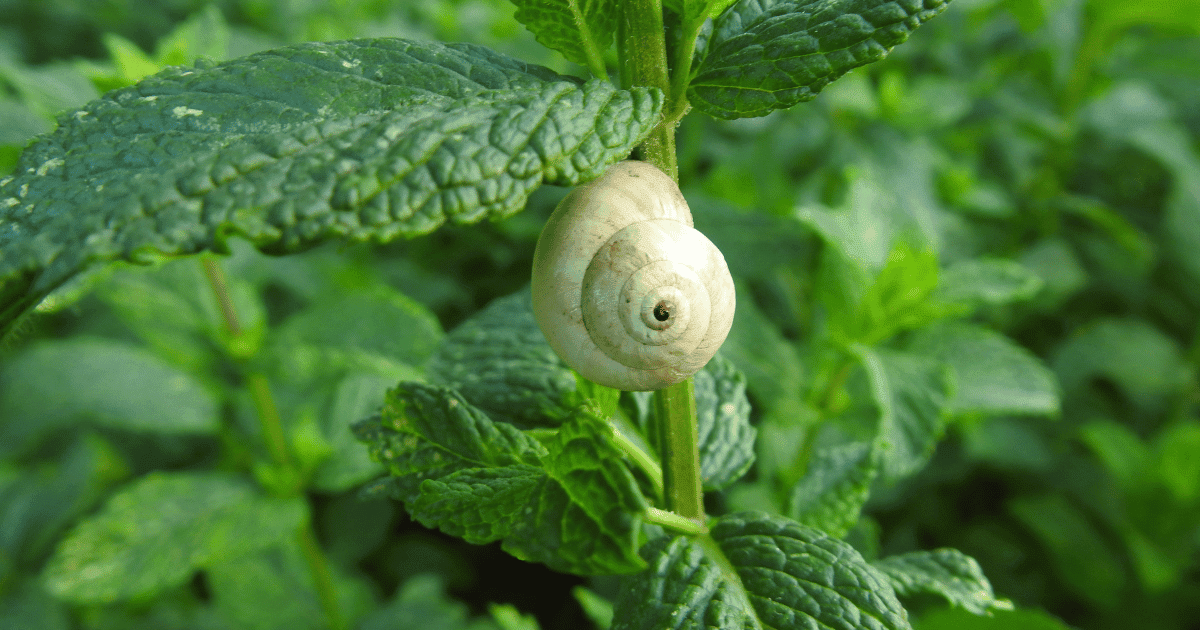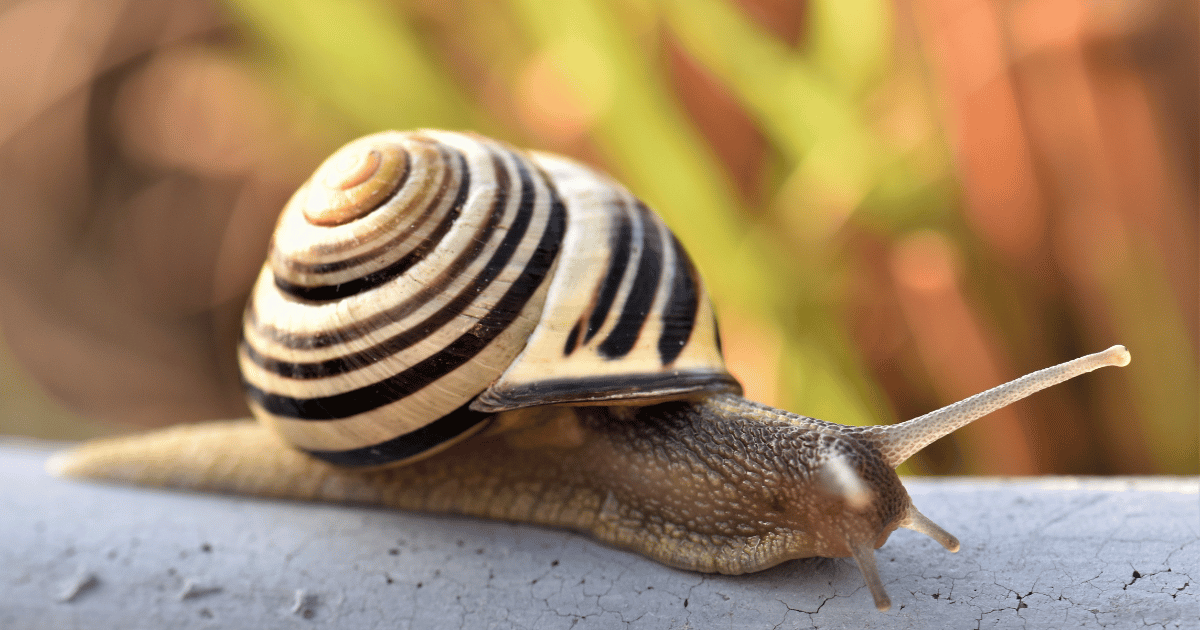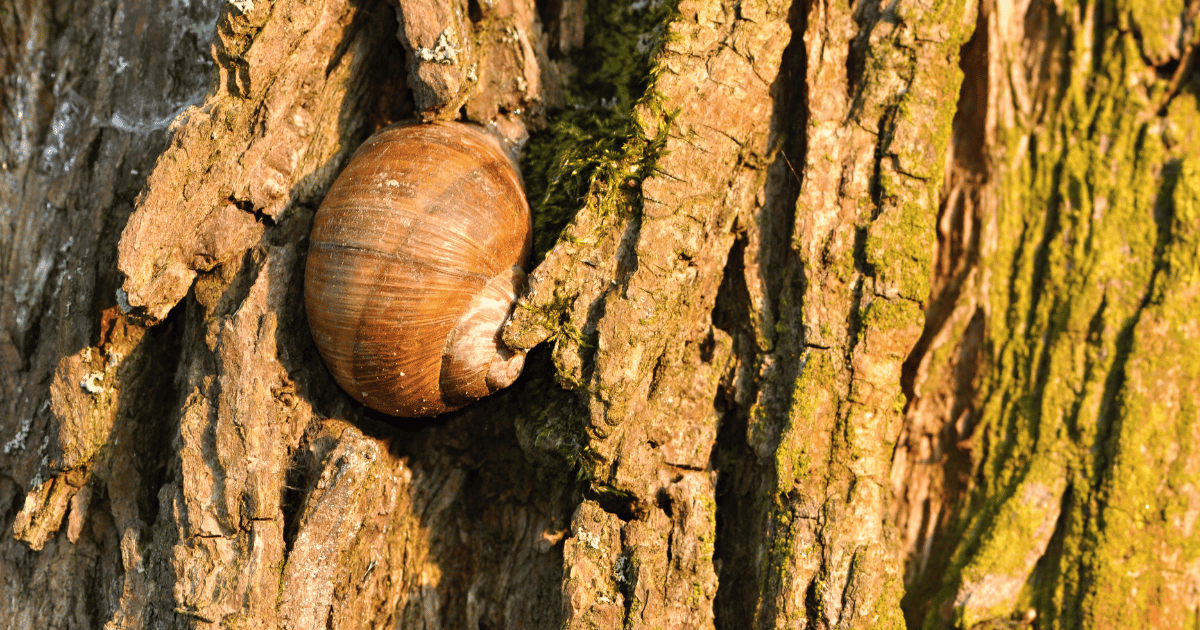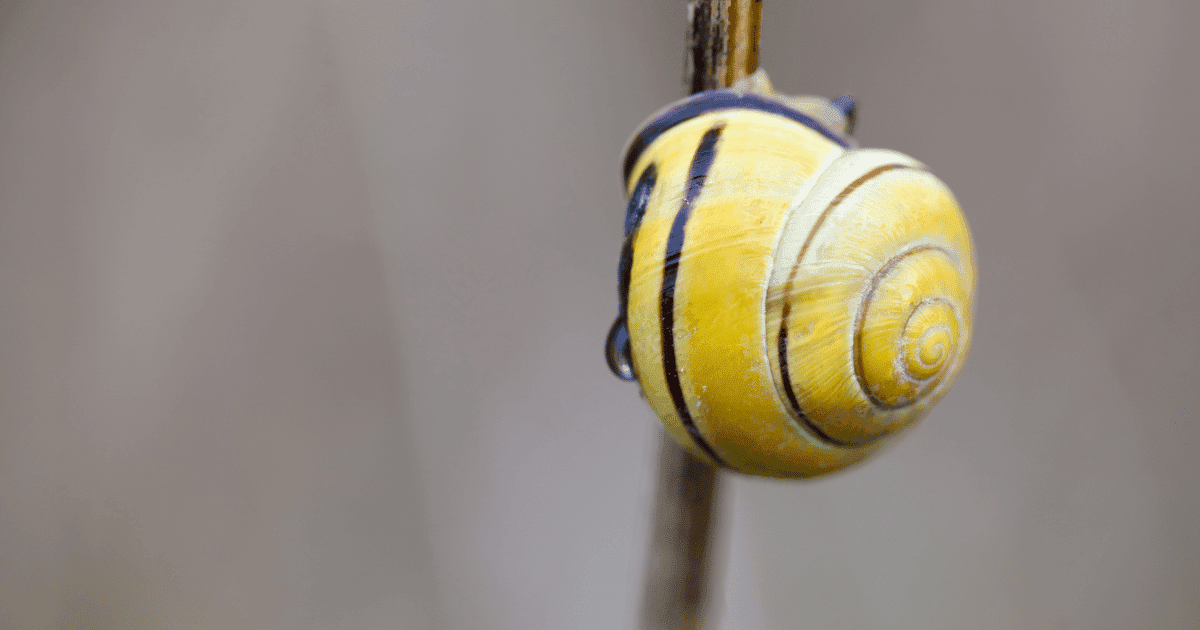Discover “how long do snails sleep,” their distinct sleeping patterns, and other fascinating facts that will leave you stunned as you delve into the fascinating world of snails!
Introduction:
Ever wonder what the slow-moving, shell-carrying animals in your garden get up to when they’re not sliding across the surface at a snail’s speed? You’re going to enjoy yourself immensely since today, we’ll explore the intriguing and sometimes humorous realm of snails, concentrating on one of their most enigmatic behaviors: sleeping. Now, let’s solve the puzzle of how long snails sleep by fastening your seatbelt (or, should we say, shell up)!
Snails’ Odd Sleeping Behaviors

Among the strangest sleeping patterns in the animal realm are those of snails, those tiny, slow-moving organisms that appear to live a sedentary life. Discovering the snail’s sleep pattern may surprise you if you believed your cat was the world champion napper.
Compared to most other creatures and humans, snails have a completely different schedule. They do not observe the conventional 24-hour day-night cycle. Their sleep cycle, on the other hand, lasts for two or three days. They can sleep for up to 13 or 15 hours at a time throughout this period. You heard correctly—snails are capable of sleeping for longer than six hours!
But Hold on, Snail Sleep Isn’t Just About Long
You may want to reconsider your assumption that snails curl up for a long nap and call it a day. You might be the envy of the sleeping habits of these tiny creatures. Snails can remain awake and active for up to thirty hours following their long night of sleep. How about living each day to the fullest?
The fact that snails may engage in estivation, a behavior akin to hibernation, makes them even more fascinating. Snails can hibernate for months at a time during intensely hot or dry conditions, building a protective covering over their shell aperture to stave off dehydration. To get away from the bad weather, they actually take a nap. Should we be able to follow suit surely?
How a Snail’s Environment Affects Its Sleep
A snail’s circadian rhythm is greatly influenced by its surroundings. Because they are incredibly perceptive of their environment, snails can be severely impacted by variations in humidity or weather in terms of how long they sleep.
Snails prefer wet, relaxed environments. They may withdraw into their shells and go into estivation to save moisture and energy when the weather gets too hot or dry. However, under the correct circumstances, snails can be highly active, grazing on plants, depositing eggs, or just lazily floating around.
Snails: The Powerful Masters of Napping
Perhaps the masters of power napping in the animal realm are snails. They are the masters of the power nap because they can sleep for extended amounts of time and then get back to their normal activities for even longer. And let’s face it, after a decent nap, who wouldn’t want to be able to exert themselves for thirty hours?
Interesting Trivia About Sleeping With Snails

After discussing the fundamentals of snail sleep duration, let’s explore some exciting and comical information that will make you giggle and value these tiny animals even more.
- There Are No Eyelids on Snails: Yes, snails cannot close their eyes, which adds to the fascination of their sleeping habits. When they sleep, their body and eyes retreat inside their shells.
- Snails Are Capable of Sleeping in Any Position—Even Upside Down—Due to Their Distinct Anatomy and Sticky Mucus.
- The Slowest Wake-Up Call in the World: It’s not simple to wake up a snail. If you’ve ever attempted to wake an adolescent, you may discover that snails are a strong contender in the “difficult to wake up” division.
- Snails are Natural Homebodies: At their core, snails are homebodies because of their remarkable sense of direction and home. A snail can find its way back to its preferred sleeping location even after taking a lengthy snooze.
Going Deeper: The Mysterious Sleeping Snail
We’ve already discussed snails’ protracted slumber and their capacity for sustained activity as part of our quest to comprehend their unusual sleeping habits. But there is still more to learn about these amazing animals and how they sleep.
The Mechanisms Underlying Snail Sleep
Snails are members of the class Gastropoda and the phylum Mollusca. Their sleep patterns differ significantly from ours because, in contrast to mammals, they lack a complex central nervous system. Snails establish their sleep and activity schedules based on cues from their surroundings.
Research has revealed that the cyclical patterns of behavioral activity and quiescence exhibited by snails are similar to those of higher species’ waking and sleep phases. Similar to how other animals sleep, snails show decreased receptivity to outside stimuli during their quiescent stages. During this time, you can discover them snuggled inside their shells, enjoying a vacation from their leisurely explorations.
Light’s Effect on Snail Sleep
For snails, light is an essential factor in establishing their sleep-wake cycle. Their internal clocks are aided in regulating by their extreme sensitivity to variations in light intensity. Snails that are constantly exposed to light typically exhibit a circadian rhythm, alternating between active and resting phases.
Snails can exhibit a more polyphasic sleep pattern, taking several quick naps during the day and night when left in natural light circumstances. They can take advantage of advantageous conditions by feeding and mating when the conditions are ideal, thanks to this adaptability.
Symbiotic Relationships Between Snails

Not all sleep is merely for rest for snails. Their sleep habits are essential to their ability to create symbiotic partnerships with other creatures and are strongly linked to their survival.
Specific adaptations have been produced by several species of snails that enable them to sleep and maintain mutualistic connections. For example, certain sea snails can attach themselves to fish and use the fish’s mucous as food while the snails are attached. The snail is sleeping at this moment, storing energy for its future actions.
Environmental Health Indicators from Snails
Snail sleeping patterns are another important measure of the health of the environment. Their altered sleeping habits may indicate changes in the background, such as pollution or habitat loss. Snails are valuable subjects in ecological studies because scientists can learn about the general health of an environment by studying their sleep patterns.
Busting Legends About Snail Sleep
Because of their peculiar sleeping habits and eccentric behaviors, snails are frequently the focus of myths and misunderstandings. Let us debunk a few of the most widespread misconceptions about snail sleep.
- Myth: Snails Don’t Sleep for Three Whole Years Snails can go into long periods of hibernation, although they never sleep for years at a time. These hibernation stages are defense mechanisms brought on by adverse environments.
- Myth: Snails Only Sleep at Night: Snails don’t have a daytime or nocturnal sleep schedule. The environment has a more significant impact on their sleep than the time of day.
- Myth: Touching a snail will wake it up. Due to their protective solid instinct, snails do not wake up from sleep even though they may retreat within their shells in response to touch. It serves more as a safeguard.
Learning to Love the Slow Life with Snail Sleep
It’s difficult to avoid making comparisons between the languid pace of snails and the chaos of our own lives as we learn more about their environment. Perhaps, just perhaps, we can pick up a few tips from these leisurely creatures regarding the value of relaxation, the grace of slow living, and the skill of sound sleep—even if it means sleeping for fifteen hours straight or upside down.
FAQs
Do slugs go to sleep at night?
Humans have a day-night cycle, whereas snails do not. Depending on the time of day and their activity level, they can sleep at any hour of the day.
Do snails have a long sleep cycle?
Snails can sleep for several months in a state of estivation amid severe weather, but they can also go years without sleeping.
How can snails get out of their slumber?
When their surroundings are conducive to their waking, snails emerge from their slumber and get back to work. They may need some time to awaken and regain their motor skills fully.
When they sleep, do snails dream?
There’s no scientific proof that snails dream when they’re asleep. They are more in a state of decreased activity and susceptibility to stimuli when they sleep.
Final Words
These organisms have undoubtedly learned how to strike a balance between effort and relaxation in the great snail race of life. Snails have cemented their status as among the most fascinating animals in the animal kingdom with their distinctive sleeping patterns, capacity to power nap like champions, and peculiar sleeping habits.
Therefore, keep in mind that a snail may be either preparing for a 30-hour journey or in the middle of a 13–15-hour siesta the next time you see it calmly sleeping in your garden. Who knows, maybe we could all pick up a few tips on sleeping and the value of doing things slowly from snails.
Hello! I’m Javed, a versatile content writer specialized in various niches, with a particular passion for home and garden topics. My expertise extends beyond writing—I’m also skilled in SEO and WordPress development, boasting over four years of experience in these areas.
